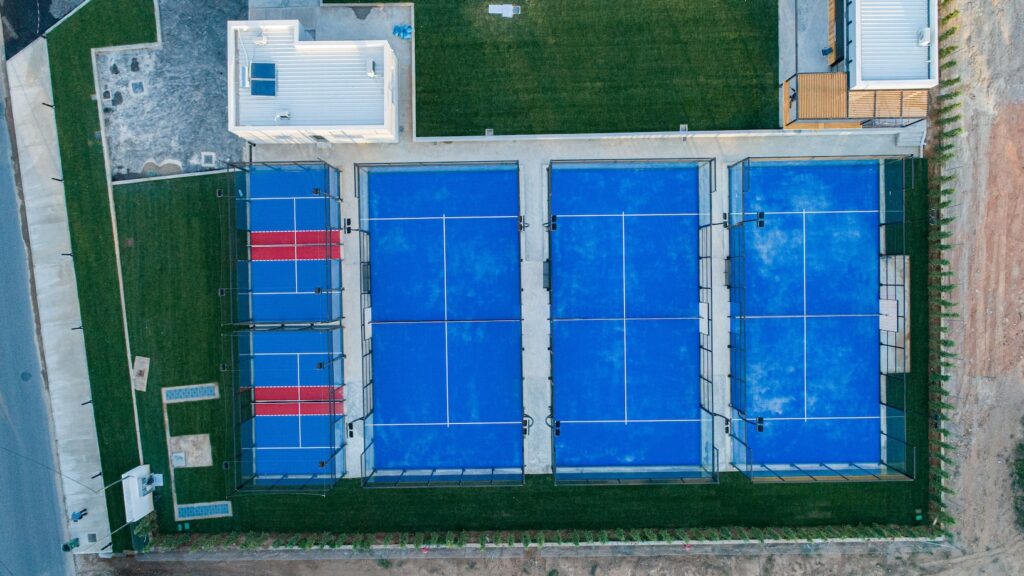Understanding Padel Rules for Amateur Players: A Comprehensive Guide
3 min read
Understanding Padel Rules for Amateur Players: A Comprehensive Guide
Padel, a fast-growing sport that originated in Mexico, has gained immense popularity among amateur players all around the world. If you are new to the game and eager to learn the ins and outs of padel rules for amateur play, you’ve come to the right place! In this comprehensive guide, we will provide you with all the essential information you need to master the game and impress your opponents.
The Basics of Padel
Before diving into the rules, let’s familiarize ourselves with the basic setup of a padel court. Padel is typically played on an enclosed court that measures 20 meters in length and 10 meters in width. The court is divided by a net that stands 88 centimeters high at its center. Surrounding the court are walls, which players can use to their advantage by playing ricochets.
Scoring System
Similar to tennis, padel uses a scoring system that involves points, games, and sets. A game is won by the team that scores four points, with a two-point advantage. If the score reaches 40-40, commonly referred to as “deuce,” teams must win two consecutive points to win the game. To win a set, a team must win six games, again with a two-game advantage. Matches are usually played as best of three sets.
Service Rules
The server must stand in a specific area behind the baseline, diagonally opposite to their opponent. They must serve the ball underarm, hitting it below waist level and bouncing it within the designated serving box on the opponent’s side. The serve must be made diagonally, aiming to clear the net and land on the receiving team’s service area.
Gameplay Rules
Once the ball is in play, each team has a maximum of one bounce before returning it. However, the ball can bounce off the surrounding walls as long as it remains within the court boundaries. Teams must take turns hitting the ball, with each player taking alternating shots. After returning the ball, players must allow it to bounce once before hitting.
Faults and Penalties
Just like any sport, padel has its fair share of faults and penalties. Here are some instances that can incur penalties:
- Stepping on or crossing the court lines while playing
- Hitting the ball out of the designated court area
- Hitting the ball before it bounces or without allowing it to bounce once
- Failing to return the ball within the boundaries of the court
Committing any of these faults will result in a point being awarded to the opposing team.
Tips for Amateur Players
Now that you are familiar with the rules, here are some additional tips to enhance your game:
- Communication is key: Always communicate with your partner to avoid confusion and ensure better teamwork.
- Power vs. Control: Balance your shots between powerful smashes and accurate placements to keep your opponents on their toes.
- Master the walls: Utilize the surrounding walls to your advantage by playing accurate and well-placed ricochets.
- Stay agile: Padel requires quick reflexes and agility, so practice footwork and be ready to move swiftly on the court.
Remember, padel is a sport that thrives on enjoyment and camaraderie. Embrace the fun and social aspect of the game, while also striving to improve your skills and become a competent player.
So, the next time you step onto a padel court, armed with the knowledge of the rules and a desire to win, you’ll be well-prepared for an exhilarating game. Enjoy the thrill of the sport and the friendly competition that padel brings to amateur players. What are you waiting for? Get out there and start playing!






